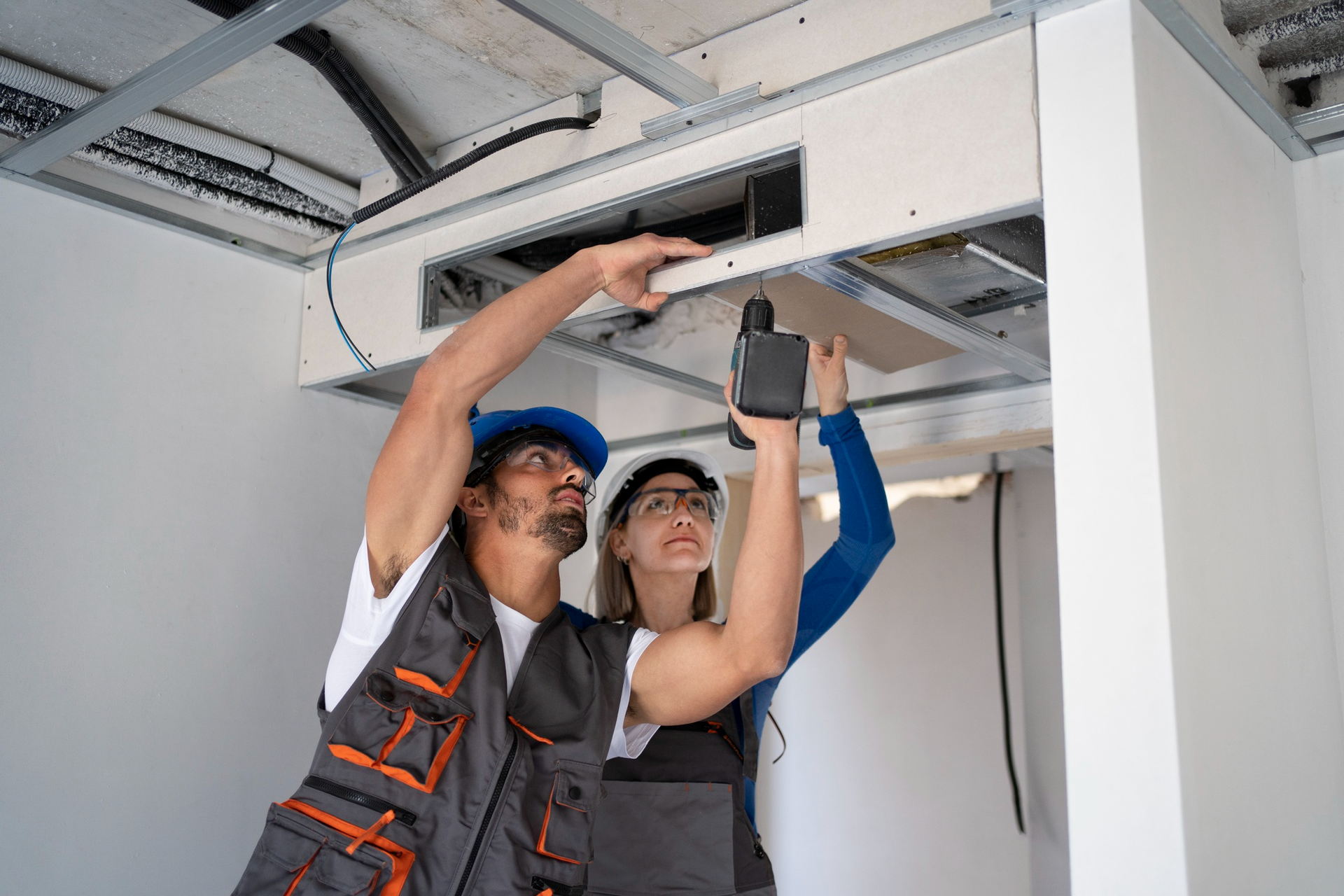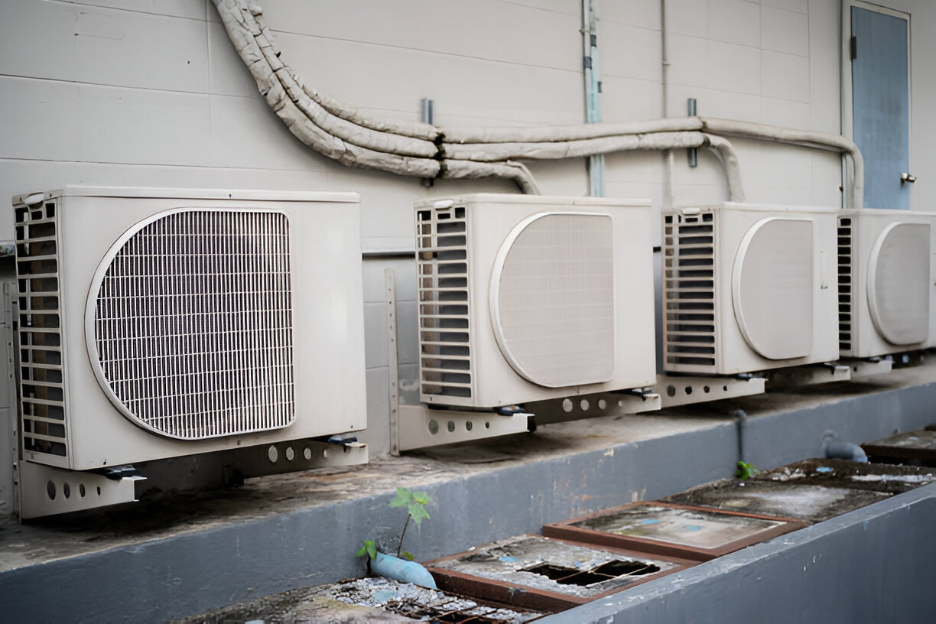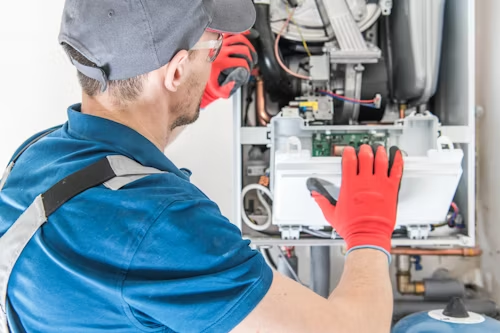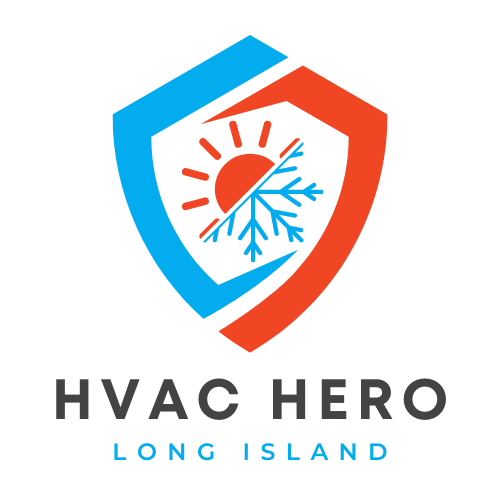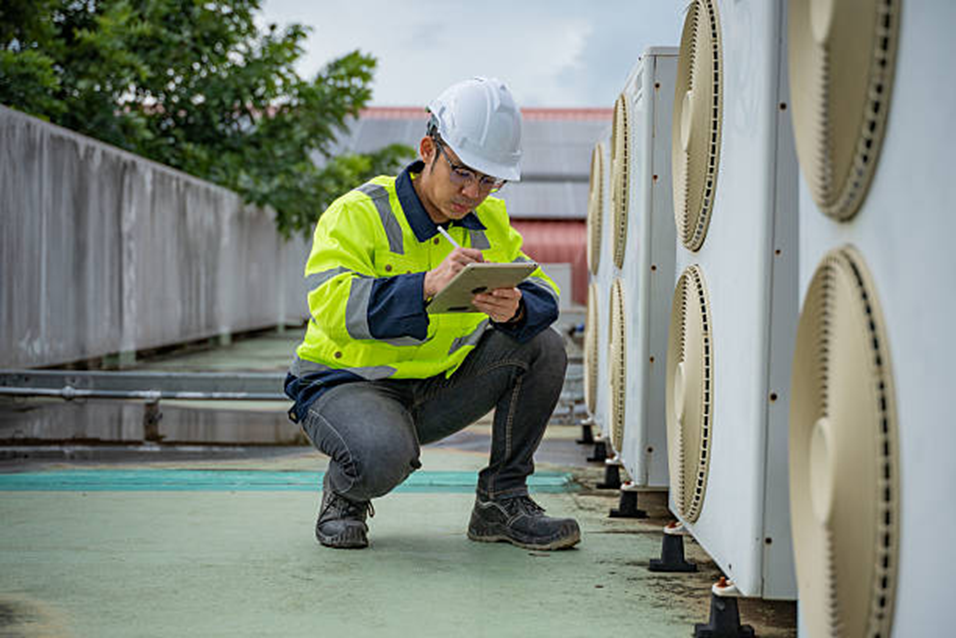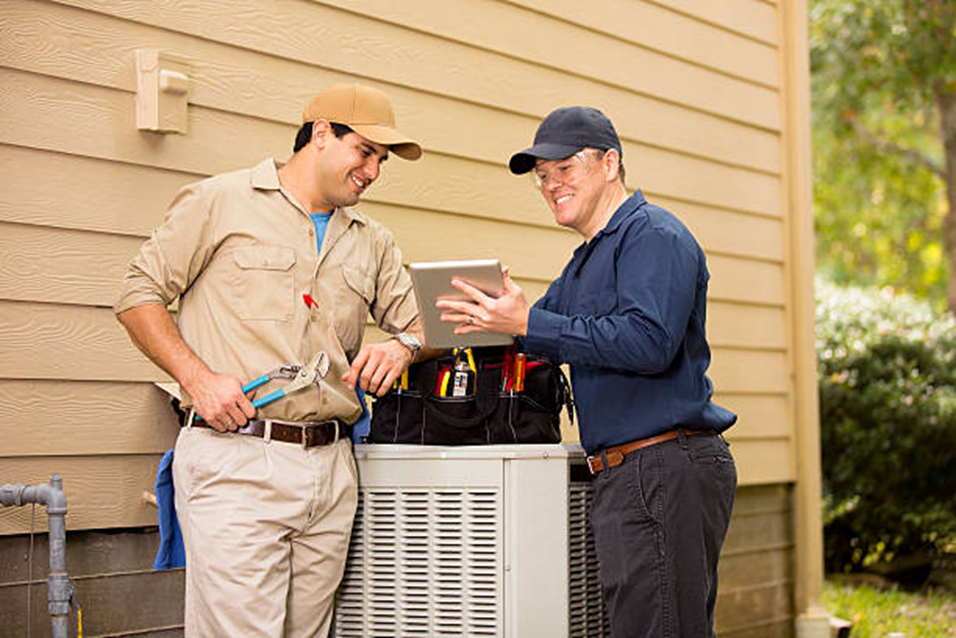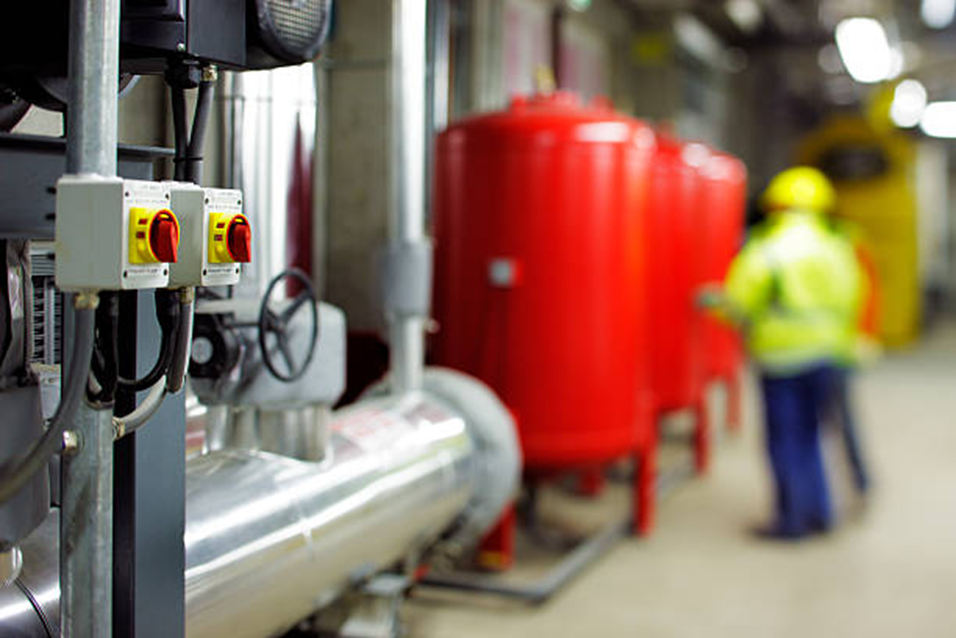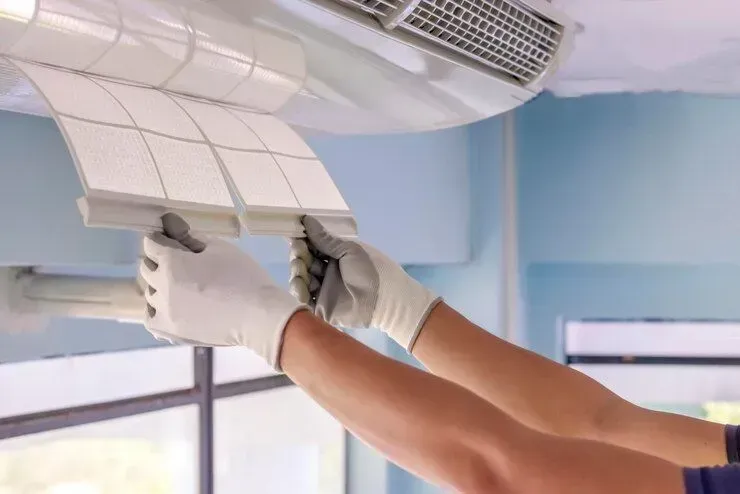Furnace Repair Tips to Keep Your Home Warm This Winter
Introduction
As winter temperatures drop on Long Island, a reliable furnace becomes essential to keep your home warm and comfortable. Nothing is more frustrating than waking up to a chilly house because your heating system isn’t functioning properly. With these furnace repair tips, you can keep your home cozy while avoiding costly breakdowns this winter.
Furnaces are the heart of your home’s heating system, and neglecting maintenance can lead to inefficiencies, higher energy bills, and even emergency repair situations. This blog is designed to give homeowners practical advice for heating system maintenance, common troubleshooting, and guidance on when to call in professional help.
By following these tips, you can enjoy consistent warmth, energy savings, and peace of mind knowing your furnace is running efficiently. From simple DIY maintenance tasks like replacing filters to knowing when it’s time for a professional inspection, this guide will help you prevent winter heating problems before they happen.
Moreover, proper furnace care not only ensures comfort but also improves the lifespan of your equipment and may even help you take advantage of local energy incentives. For homeowners who want peace of mind, Long Island HVAC Hero offers expert services to keep your furnace in top condition, whether it’s a routine inspection or a full repair.
Why Furnace Maintenance Matters
Your furnace plays a crucial role in maintaining a warm and energy-efficient home. Regular heating system maintenance ensures that your system operates at peak performance and prevents unexpected breakdowns during the coldest months.
Neglecting your furnace can result in several issues:
- Higher energy bills: A poorly maintained furnace consumes more energy to heat your home.
- Reduced equipment lifespan: Lack of care can lead to premature wear and the need for costly replacements.
- Safety concerns: Dirty components or malfunctioning parts can pose fire or carbon monoxide risks.
The benefits of consistent maintenance are clear: reliable warmth, lower repair costs, and safer operation. Homeowners who stay proactive with their furnace care not only avoid emergency repairs but also maximize the efficiency of their heating systems. If you’re unsure when to schedule a check-up, Long Island HVAC Hero provides guidance on optimal service intervals.
Common Furnace Problems Homeowners Face
Even well-maintained furnaces can experience occasional issues. Recognizing problems early can prevent costly repairs. Some of the most common issues include:
- Short cycling: The furnace turns on and off frequently, wasting energy and causing uneven heating.
- Strange noises: Rattling, banging, or squealing can indicate loose components or motor issues.
- Uneven heating or weak airflow: Blocked vents, dirty filters, or ductwork issues can limit warm air distribution.
- Ignition or pilot light problems: Malfunctioning ignition systems prevent proper heating.
- Thermostat malfunctions: Incorrect readings or battery issues can affect furnace performance.
Early detection is key. Addressing minor issues promptly often prevents them from developing into more significant problems. Simple checks and maintenance can make a big difference in keeping your furnace running efficiently all winter. For persistent issues, Long Island HVAC Hero provides professional furnace repair services to ensure your system operates safely and reliably.
DIY Furnace Repair Tips
Many furnace problems can be prevented with simple DIY maintenance. Here are practical tips every Long Island homeowner can apply:
- Check and replace filters regularly: Dirty filters reduce airflow and efficiency. Replace them monthly during peak heating months.
- Inspect vents and clean airflow pathways: Ensure vents are open and unobstructed for optimal heating.
- Monitor thermostat settings: Replace batteries as needed and verify temperature calibration.
- Tighten loose connections or screws: Vibrations can loosen parts over time; minor adjustments improve performance.
- Lubricate moving parts: Motors or fans may require occasional lubrication for smooth operation.
Safety first: Always turn off the power to your furnace before performing any maintenance. Never attempt complex repairs, such as gas line adjustments or electrical component replacements, which should be handled by a licensed professional.
Consistent DIY maintenance enhances energy efficiency, prevents common furnace issues, and prolongs the lifespan of your equipment. Homeowners who follow these practices often notice smoother operation and lower heating costs. For more comprehensive guidance or professional troubleshooting, Long Island HVAC Hero can inspect and repair your system safely.
When to Call a Professional
While DIY maintenance is helpful, some problems require professional attention:
- Persistent strange noises or unusual smells.
- Furnace frequently short cycling or failing to heat properly.
- Pilot light or ignition issues that cannot be resolved safely.
- Any suspected carbon monoxide leaks or gas furnace concerns.
Calling a licensed technician ensures:
- Safety: Gas and electrical components are handled correctly.
- Proper function: Technicians can diagnose and fix issues efficiently.
- Longer lifespan: Professional service prevents premature equipment wear.
Winter emergencies can be avoided by scheduling maintenance or repairs before the coldest months. Long Island HVAC Hero’s furnace repair services provide timely inspections and reliable repair solutions tailored to your home’s heating system.
Cost-Saving Strategies for Furnace Maintenance
Proper maintenance not only keeps your home warm but also saves money:
- Annual professional inspections: Detect and fix minor problems before they become costly repairs.
- Upgrade to energy-efficient equipment or thermostats: Reduces heating bills and improves comfort.
- Seal ducts and insulate: Prevents heat loss and maximizes furnace efficiency.
- Leverage rebates or incentives: Local programs may help offset upgrade costs.
These strategies contribute to long-term ROI and can make a noticeable difference on your energy bills. For personalized advice and inspection services, Long Island HVAC Hero can help you identify the most cost-effective maintenance plan.
Safety Tips During Furnace Repairs
Furnace repairs can pose safety risks if not handled properly:
- Turn off power before maintenance: Prevents electrical accidents.
- Watch for carbon monoxide: Ensure proper ventilation and never bypass safety devices.
- Keep flammable materials away: Store cleaning supplies and household items safely.
- Gas furnace precautions: Only licensed professionals should handle gas connections or combustion issues.
Following these safety tips protects your family and ensures your furnace operates efficiently throughout the winter season. For comprehensive inspections and repairs, contact Long Island HVAC Hero for expert assistance.
Preparing Your Furnace for Winter
A well-prepared furnace prevents cold-weather emergencies. Here’s a pre-season checklist for Long Island homeowners:
- Filter check: Replace or clean filters to maintain airflow.
- Vent cleaning: Ensure all supply and return vents are free from obstructions.
- Pilot light or ignition inspection: Verify your system lights correctly.
- Test system: Run your furnace before the coldest temperatures arrive.
Scheduling preventive maintenance with Long Island HVAC Hero ensures your furnace is inspected thoroughly. Technicians check safety components, clean internal parts, and optimize performance for winter efficiency.
Additional tips to maximize lifespan:
- Keep thermostat consistent; avoid drastic temperature swings.
- Inspect ductwork for leaks or blockages.
- Address minor issues promptly to prevent costly emergency repairs.
Proper preparation reduces unexpected breakdowns, saves energy, and ensures your home remains cozy all winter.
Conclusion
Maintaining your furnace is essential for warmth, safety, and energy efficiency during Long Island winters. Regular heating system maintenance, early troubleshooting, and professional repair can prevent costly breakdowns while extending your equipment’s lifespan.
By following these furnace repair tips, you can enjoy a cozy home, lower energy bills, and peace of mind knowing your system is operating safely. For expert guidance, maintenance, or repairs, Long Island HVAC Hero provides professional services to keep your furnace running efficiently all season.
Take the first step to winter readiness today—schedule an inspection or service and ensure your home stays warm when you need it most.
FAQ
How often should I service my furnace?
Annual professional inspections are recommended to maintain efficiency and prevent major repairs.
Can I perform furnace repairs myself safely?
Minor maintenance, like filter replacement, is safe; complex repairs should be handled by licensed professionals.
How do I know if my furnace filter needs replacing?
Check monthly during winter; if the filter is dirty or clogged, replace it immediately.
What is the average cost of furnace repair on Long Island?
Costs vary depending on the issue, but preventive maintenance helps minimize expensive emergency repairs.
Are there energy-saving upgrades for my furnace system?
installing programmable thermostats, sealing ducts, and upgrading to high-efficiency equipment can reduce heating bills.
